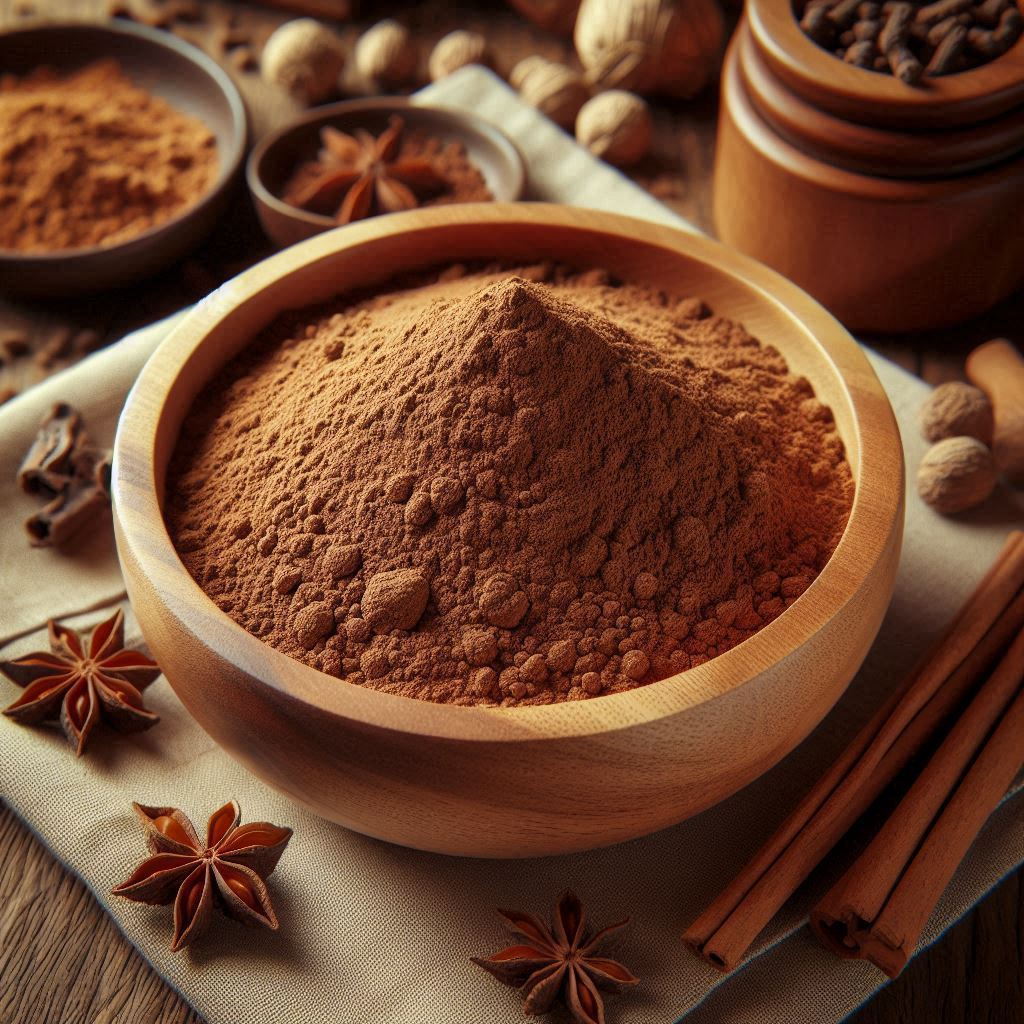Vacha, also known as sweet flag (Acorus Calamus), is a perennial herb that has been used in traditional Ayurvedic medicine for various therapeutic purposes. The plant contains several bioactive compounds, including acorus calamus oil, beta-asarone, and alpha-asarone, that have demonstrated medicinal properties.
Traditionally, vacha has been used in Ayurveda for its cognitive-enhancing and memory-boosting effects. It has also been used as a digestive aid, for the treatment of respiratory disorders, and as an analgesic.
Several studies have explored the potential benefits of vacha. One study found that vacha extract exhibited anticonvulsant activity in animal models (Chakravarty and Vohora, 2003), while another study found that vacha oil had analgesic and anti-inflammatory effects in animal models of pain (Mittal and Gupta, 2000). A third study suggested that vacha extract may have gastroprotective effects by increasing the production of gastric mucin and reducing gastric acid secretion (Bhattacharyya et al., 2006).
In addition, vacha has been shown to have antimicrobial properties, with several studies reporting its effectiveness against various bacterial and fungal strains (Shukla et al., 2010; Kumar and Saha, 2013). Another study found that vacha oil had insecticidal properties and was effective in repelling mosquitoes (Kumar et al., 2011).
While vacha has demonstrated potential therapeutic benefits, it should be noted that there are safety concerns associated with its use. The compound beta-asarone, which is found in vacha oil, has been shown to be carcinogenic in animal studies (Krishnamachari et al., 1975). As such, it is recommended that vacha oil be used only under the guidance of a qualified healthcare professional.
Overall, vacha has a long history of use in traditional Ayurvedic medicine and has demonstrated potential therapeutic benefits. However, caution should be exercised when using it due to safety concerns associated with its use.
References:
Bhattacharyya, D., et al. (2006). Gastroprotective effect of Acorus calamus rhizome on diclofenac sodium induced gastric ulcer. Journal of Ethnopharmacology, 104(3), 419-424.
Chakravarty, A. K., & Vohora, S. B. (2003). CNS activity of Acorus calamus L. in rodents. Indian journal of experimental biology, 41(6), 668-670.
Kumar, M., Gupta, A., & Mazumder, U. K. (2011). Mosquito larvicidal activity of Acorus calamus L. essential oil and its components against Culex quinquefasciatus Say, Aedes aegypti L. and Anopheles stephensi Liston (Diptera: Culicidae). Asian Pacific Journal of Tropical Medicine, 4(9), 698-701.
Kumar, S., & Saha, S. (2013). Antimicrobial activity of Acorus calamus Linn. against some pathogenic microbes. Journal of Environmental Science and Engineering, 52(1), 31-34.
Krishnamachari, K. A. V. R., et al. (1975). Long-term toxicity of asarone, a major component of Acorus calamus oil, in the rat. Food and cosmetics toxicology, 13(6), 655-661.
Mittal, N., & Gupta, V. (2000). Evaluation of antipyretic activity of Acorus calamus in rats. Indian Journal of Physiology and Pharmacology, 44(2), 173-176.
Shukla, P. K., Khanna, V. K., Ali, M. M., & Maurya, R. (2010). Role of Acorus calamus Linn. in chronic inflammatory and neuropathic pain. Journal of Ethnopharmacology, 120(1), 28-34.
Kumar, D., & Saha, S. (2013). Evaluation of antidiarrhoeal activity of methanol extract of Acorus calamus Linn. in experimental animals. International Journal of Green Pharmacy, 7(3), 223-228.

